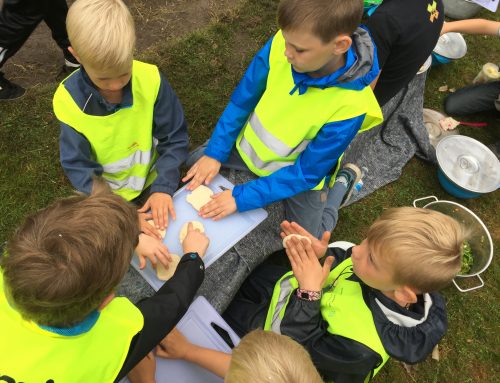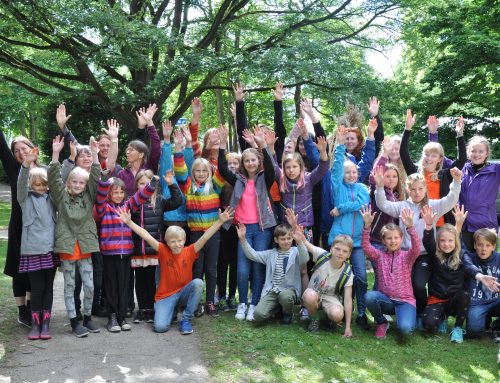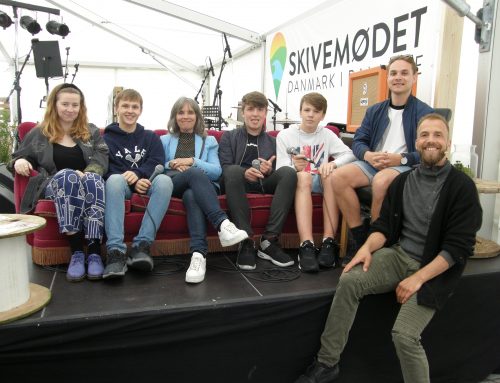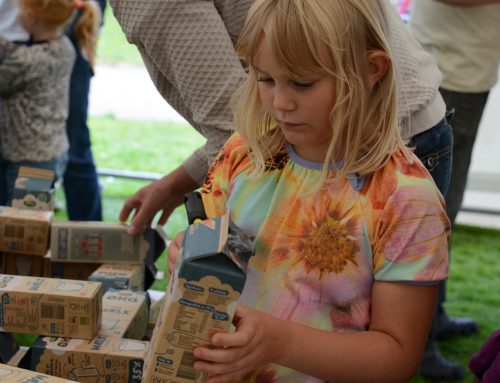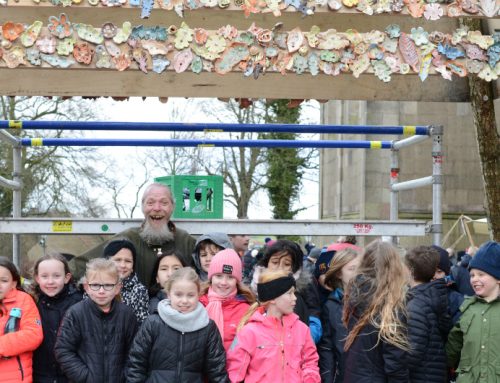Art and creativity are developed as a way of welcoming new children and parents and enhancing their well-being. The method is used in day-care centres that are characterised by social and linguistic challenges.
The Kokholm and Unoden day-care centres, both of which are challenged by their location in culturally diverse residential areas. In collaboration with Kulturprinsen, the aim is to develop methods for using creative processes in welcoming new children and their parents in areas where language can be a challenge.
Artists and educators develop together
The aim is to develop a methodology to have a common language for both children and parents regardless of ethnicity and social background. Based on the existing traditions and activities of the day-care centre (e.g. morning singing, exercise, dialogic reading), special focus will be put on
Artists and educators develop healthy communities through creative processes to that end:
- to enhance the well-being of new children and their parents - regardless of social background and ethnicity.
- to give parents the opportunity to contribute to the diversity of the institution with contributions from their culture (stories, music, food, etc.).
The project in three phases:
- Phase 1: Interdisciplinary meeting
Meeting between educators and artists to create new creative ways of working that are applicable in the pedagogical work with creative and healthy communities. Artists will come continuously in the beginning and middle of the project. An exploratory phase will be created in which the children will express their knowledge, interest and curiosity in artistic expression and in which the parents will be able to contribute their expressions.
- Phase 2: Learning in practice
Educators will be trained in new ways of working and will be equipped to be super-users in their institution in collaboration with the artists. Actions and action learning will be used in the institutions to develop ideas and methods through a culture of methodical reflection and feedback.
- Phase 3: Knowledge sharing and anchoring
Job exchange between the 2 institutions and exchange of practice through visits to each other's institutions with their own group of children. The tools used are iPads and digital cameras, as well as visualisations/photos/film clips, in order to approach "communication without interpretation" and to show the strength of the community in the aesthetic learning processes, as well as to show parents that their children are thriving.
The methods should be applicable in other places with culturally diverse residential areas.
Pedagogical students from the VIA Pedagogical Education in Viborg will have the opportunity to write a bachelor thesis during. the project. The project will be documented through photos, videos and logbooks, and evaluated at a final meeting with all participants.
Theoretical preconception
According to Austring (2006), aesthetic learning is one of three learning modes that promote socialization. Through play, music, drama, drawing, storytelling/reading, children come into contact with the aesthetic forms offered by the world around them. Children can process their impressions of the world around them and express themselves through aesthetics. Aesthetic learning thus provides the child with a necessary and identity-forming understanding of itself and the world. In aesthetic production, something is produced that can be seen, heard, felt, smelled and tasted. According to Drotner (1999), aesthetic practice involves three levels: the individual level (experimenting with one's own identity); the social level (creating something together with others); and the cultural level (aesthetic expression/symbol interpretation is linked to one's cultural and social background).
